My data frame looks like this:
plant distance
one 1
one 3
one 2
one 3
one 7
one 4
one 6
one 8
one 9
two 1
two 6
two 4
two 8
two 5
two 3
three ……
I want to split distance of each level into groups by interval(for instance,interval=3).
plant distance group
one 1 1
one 3 1
one 2 1
one 3 1
one 7 3
one 4 2
one 6 2
one 8 3
one 9 3
two 1 1
two 6 2
two 4 2
two 8 3
two 5 2
two 3 1
three ……
And compute percentage of each group
plant group percentage
one 1 0.44
one 2 0.22
one 3 0.33
two 1 0.33
two 2 0.50
two 3 0.17
three ……
Finally, plot the percentages of each level of each group similar like this:

and I do not know how to split each level by interval. Sorry for my English! Thank you for your help!
